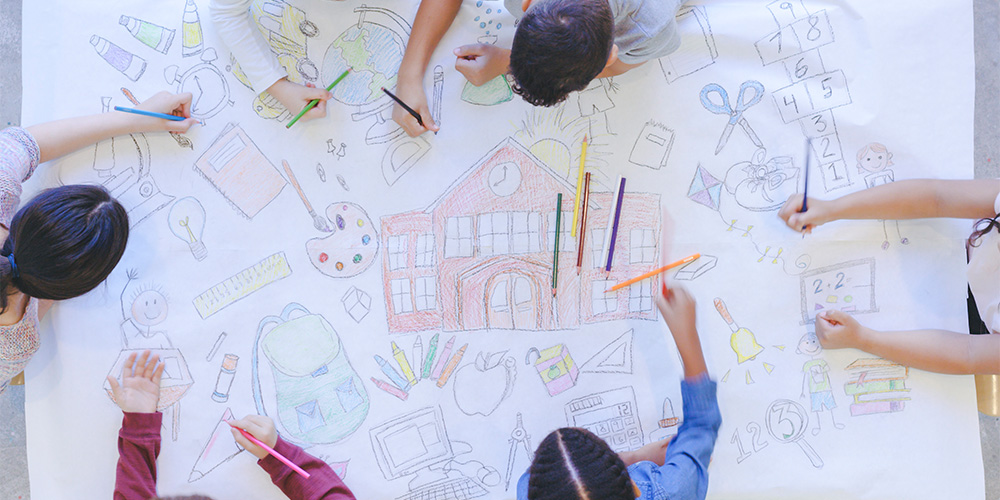A single day in the classroom quickly shows that offering the same resources to every student will not result in the same outcomes. Poverty, disability, cultural and environmental factors—these are just a few of the challenges that contribute to the achievement gap, because these challenges mean that some students need more or different resources than their peers.
As teachers, we want all students to receive an equitable education—that is, an education that helps them reach the same learning outcomes regardless of the hardships they might face. However, crowded classrooms and steep demands on teachers often make it feel impossible to offer the individualized attention we want to give. That’s why we’ve assembled these practical, easy-to-use tools to help you take some small steps toward creating a more equitable classroom today.
Overcrowded classrooms often mean that students don’t get the individualized attention they deserve. This resource helps you keep track of your one-on-one interactions with students; that way, you can easily spot which students you haven’t checked in with lately and remember details about what you discussed (whether it’s related to education or not).
Almost every educator will tell you that a student-centered classroom is the way to go, but what does that mean in concrete terms? This resource outlines the specific roles that teachers and students take on to make student-centered classrooms a reality.
Stress Management for Educators
Providing an equitable education is a noble calling, but it doesn’t come without its stressors. This resource helps you keep your social–emotional wellness in check. Though many circumstances in teaching are outside of your control, these exercises remind you of simple ways to de-stress when you begin to feel overwhelmed.
One effective way of helping students overcome trauma is to set up student-led peer support groups. For example, depending on your student population, you might set up support groups for “survivors of divorce,” “survivors of bullying,” “survivors of gangs,” etc. This worksheet helps you think through the logistics of setting up these groups.
Teaching Students About Diversity
We all have a lot to learn from each other, especially from people who are different than we are. However, the way we view the world can sometimes lead us to overvaluing or undervaluing people based on certain characteristics. This resource provides exercises to help students recognize what biases they might have and see past them.
Every person, no matter their appearance or ability, is unique. However, our brain’s tendency to quickly categorize what we see can lead to “isms”: that is, assumptions or biases based on outer characteristics. Examples might include racism, sexism, ageism, classism, etc. This resource helps you identify such biases and diminish their impact in your classroom.
Creating an equitable learning environment is not a problem that one teacher (or even one school or district) can solve overnight. It requires a deep dive into the issues underlying inequity and careful, creative strategizing to ensure students get the resources they need to succeed in later schooling and careers.






